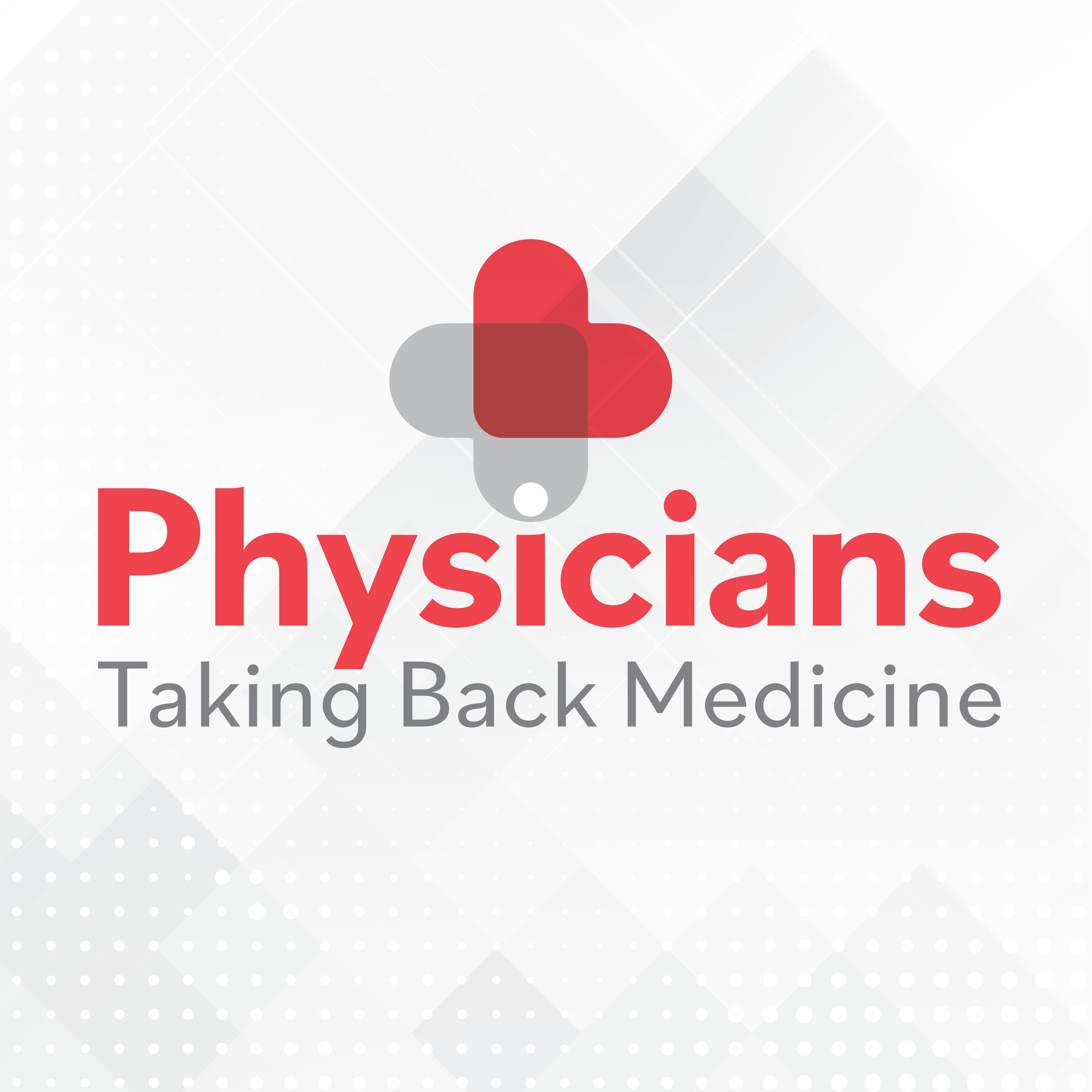News
Article
Remote patient monitoring grows in use and spending — what about effectiveness?
Author(s):
Key Takeaways
- Remote patient monitoring (RPM) allows extensive data collection but raises concerns about cost-effectiveness and clinical impact.
- Medicare's indefinite billing for RPM may lead to inefficiencies, necessitating payment models aligned with clinical benefits.
Peterson Center on Healthcare offers policy recommendations to better serve patients while avoiding wasteful services.
© Peterson Center on Healthcare

Physicians and patients have embraced remote patient monitoring (RPM) as a way for doctors to analyze patient conditions from afar by using technology to collect much more data than clinicians can compile during office visits.
But what exactly is RPM measuring? How much does it cost? Is it actually helping improve patient health?
After approximately five years in use by Medicare, now is the time to review how physicians and patients are using the technology, along with its pricetag. “Evolving Remote Monitoring: An Evidence-Based Approach to Coverage and Payment,” is a new examination of Medicare data by the Peterson Center on Healthcare.
Currently, physicians can bill for RPM indefinitely. More time collecting more data costs more money, but may not offer a return on investment in patient conditions.
“As we adopt exciting, new technologies that extend care beyond the walls of the doctor’s office, we need to design payment models that align with clinical benefits for patients,” said Caroline Pearson, executive director of the Peterson Center on Healthcare. “That means ending ‘forever codes’ that incentivize long-term billing of ineffective care and instead designing payments that reimburse providers for the periods of time they should be actively monitoring and managing their patients’ diseases.”
Policy recommendations
The findings come as technology is booming and the administration of President Donald J. Trump take aim at wasteful spending by the federal government, along with potential fraud and abuse in various systems, according to the Peterson Center.
“Given that a majority of people enrolled in Medicare have chronic conditions that could qualify for remote monitoring, the future spending potential is significant, necessitating better policies adhering to standards and evidence on clinical benefits,” said the Peterson Center’s news release about the report.
As physician and other clinicians work in the evolution of RPM, the Peterson Center made three policy recommendations:
- Let performance drive coverage and reimbursement. Coverage and reimbursement should be based on research showing remote monitoring is effective in managing patient conditions.
- Drive access to and use of high-impact services. Payment incentives can encourage use of high-value RPM, especially in remote areas, while discouraging ineffective use.
- Improve data collection and transparency. More data will inform evidence-based decisions about the best uses of the technologies.
Spending data so far
Remote physiologic monitoring involving and remote therapeutic monitoring (RTM) both involve patient data. Since 2019, they have been eligible for reimbursement by Medicare. While still a relatively small part of Medicare overall, they are growing rapidly, according to the Peterson Center.
Traditional Medicare spent $6.8 million on remote physiological monitoring in 2019, the first year reimbursement started. That grew to $194.5 million in 2023. RTM billing codes were introduced in 2022 and jumped from $2.2 million that year to $10.4 million in 2023.
Conditional uses
Hypertension is the most common use for remote physiologic monitoring, accounting for 57% of it. Diabetes monitoring is second at 13%, followed by sleep wake disorders (6%) and other conditions (5%). For RTM, musculoskeletal disorders take up 59% of expenditures, followed by respiratory disorders and hypertension each at 5%, and other conditions at less than 5%. (The report includes tables of other conditions and percentages of patients involved that tally up to 100%).
It appears at least some courses of treatment are helping patient health. For example, RPM solutions focusing on medication management helped patients reduce systolic blood pressure, measured at three and six months, more quickly than usual care.
For the musculoskeletal conditions, patients who used RTM reported greater improvements in pain and function than those using only in-person physical therapy, the report said. They likely had better adherence and more frequent exercise sessions.
For diabetes, results were less promising, with short-term reductions in hemoglobin A1c, “but most patients do not experience clinically meaningful benefits from RPM use,” and with no evidence that incremental benefits lasted more than six months, the report said.
More patients, more costs
From 2019 to 2023, a growing number of patients began using RPM, measured in traditional Medicare, Medicare Advantage, and Medicaid, the report said.
Physicians and other clinicians also tended to bill for RPM services over longer periods of time — months, in some cases. For example, in traditional Medicare, the average length of time patients engaged in continuous RPM use grew from 1.7 months in 2019 to 5.2 months in 2023. Average duration also rose from 1.5 months in 2019 to 4.5 months in 2021 for Medicare Advantage, and to 4.6 months by 2022 for Medicaid.
They can bill those codes indefinitely, and Medicare pays the same amount for remote monitoring regardless of the condition being tracked. In some instances, physicians and other clinicians are billing for RPM services “long after the time when patients are likely to gain additional value from it,” the report said.
Costing more over time
In the study period, “it is important to note that spending on RPM would have been even higher,” except that payment rates decreased for almost every RPM code.
“Moreover, the sector is being flooded with an array of new products from hundreds of technology companies marketing the potential to increase provider revenue for longer periods of time,” said the Peterson Center’s news release about the report. “Medicare currently has no limit on duration of billing for remote monitoring, which means providers are reimbursed up to $1,110 per patient, year after year.
Data sources
The Peterson Center on Healthcare said the report synthesizes three separate evaluations of digital health tools by the Peterson Health Technology Institute. Those evaluations involved the digital tools to treat hypertension, diabetes and musculoskeletal disorders. The study also integrated an analysis of trends in Medicare and Medicaid billing.





